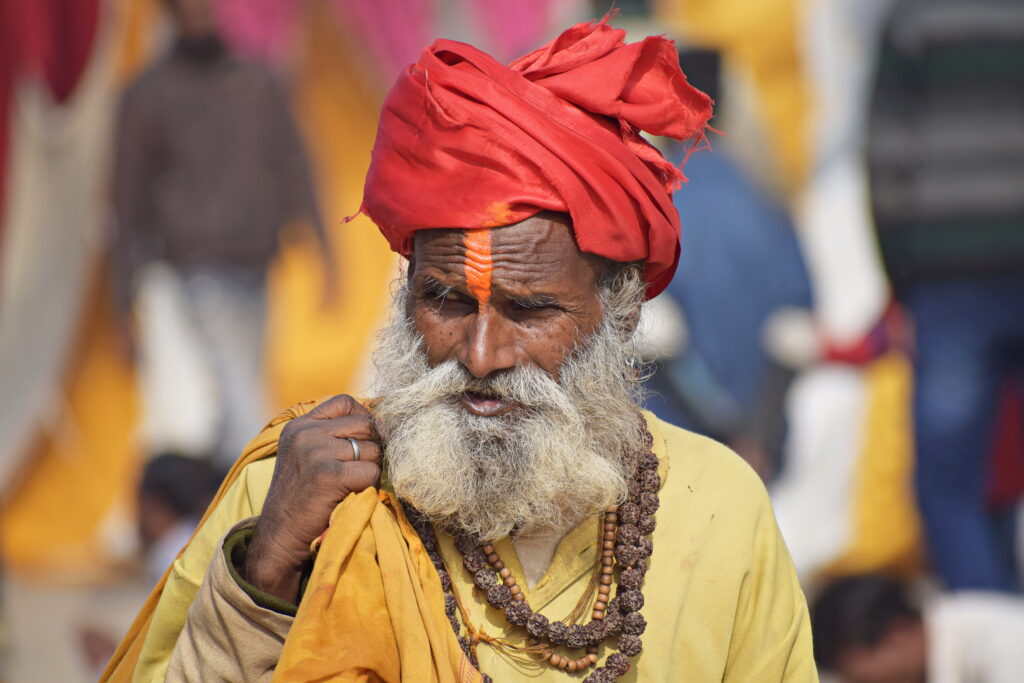When it comes to the ideology of leadership, different institutions define a variety of attributes and strengths. Hindu scriptures provide an in-depth guide, which covers the qualities and the suitability of an individual to occupy a leadership position.
While western leadership principles focus on problem-solving and goal orientation, Hindu philosophy emphasizes the commitment to dharma, fair-mindedness, and selflessness. The commitment to dharma refers to the importance of unwavering morality and the proper conduct of a Hindu leader.
The ability to govern as a Spiritual Leader
Although Hindu philosophy does not demand perfection, it recognizes shortcomings in a Hindu spiritual leader. Some deficiencies that undermine effective leadership include intellectual shortcomings and bias (cultivated or natural). On the other hand, improper external influence can also compromise the ability to govern.
The scriptures highlight the negative effects of a strong ego that contributes to the misuse of power and the lack of objectivity. Leaders driven by a strong ego tend to demonstrate obliviousness to facts and a clear deviation from fair-mindedness. For this reason, enlightened Indian religious leaders resist the urge to become enslaved by ego.
Leadership Grooming
Hinduism also emphasizes the need to groom leaders over time. The scriptures provide detailed coverage of the process. Parts of the scriptures focus on the extensive tutelage of members of royal families.
The establishment of a relationship between a religious guru and student is vital. A structured initiation ceremony enables both parties to participate in the formal recognition of the relationship. The ceremony enables the guru to accept the responsibility and recognize the initiate as a shishya.
The guru takes care of the shishya’s spiritual well-being. In some cases, the initiation process may involve an introduction to traditional meditation techniques and specific esoteric wisdom. The student presents a gift to the teacher as a token of appreciation. The presentation occurs at a special event known as a gurudakshina.

The gift can come in the form of a cow or other valuable item. Traditionally, cows were commonly presented since they have a sacred role in Hindu culture. However, the tradition has changed over the years and the student can pick the ideal gift for the guru. Nowadays, students can select a wide variety of gifts, such as a financial donation or a fruit.

Hierarchical Structures
The leadership of Hinduism comes with clear hierarchical structures. Although Hindu society is historically patriarchal, the religious institution has many examples of powerful goddesses. Hindu scriptures state that goddesses boast considerable power that is similar to gods. Some of the most famous women in Hindu leadership positions include Meera Bai.
Hinduism encompasses an extensive variety of religious traditions. Also, it comes with wide-ranging religious leadership roles, including a founder and priest. The caste system outlines specific protocols regarding the appointment of Hinduism leaders. In its strictest sense, the system requires that all priests should hail from the highest or Brahman caste.
Individuals become lifelong members of the same caste and they face the possibility of being born in a higher caste after reincarnation. As such, Hindu priesthood is usually hereditary.
The hierarchical structures also include ascetic monastic orders, which are known as sannyasa. Members of the orders are drawn from the Brahman caste. The third structure of Hinduism leaders consists of the Asacharya or gurus. They have a divine personality and guide ordinary adherents.
Priesthood
Priests are responsible for overseeing ceremonies and rituals, tending to holy fires, running the temples, and preparing offerings. The majority of rituals and ceremonies conducted by the Hindu religion have links to the Vedic tradition.
Hindu priests oversee purification ceremonies, last rites following the death of adherents, marriage ceremonies, and birthdays. Some ceremonies involve the birth of a child. The priest performs rituals aimed at the safe arrival of the newborn and for bestowing the baby’s name.
Birthdays form part of special events that require the involvement of a priest. The leader can handle a child’s first birthday or the coming of age. On the other hand, purification ceremonies are vital for chasing away negative spirits from newly purchased homes or other properties.
Sannyasi
Different types of sannyasi come in two distinct orders: ekadanda and tridanda monks. Each order has varying degrees of religious dedication, expectations, attributes, and austerity traditions. Ekadanda monks form part of the Sankaracarya tradition while the tridanda has links with several Vaishnava traditions.

Sannyasi monks practice yoga meditation as part of their religious tradition. The main goal of the monks is liberation, which may consist of union with the Divine, enlightenment, or union with the Supreme Brahman (depending on the specific tradition).
The Advaita tradition views liberation as the elimination of all forms of ignorance and recognizes with the Supreme Brahman.
Summary
According to the teachings of Hindu philosophy, leadership qualities are drawn from a strong base of spirituality. In turn, strong leadership focuses on the values of selflessness, fair-mindedness, integrity, and humility.
On the other hand, each individual chooses a specific form of devotion and a spiritual leader. Religion offers several religious practices, gods, and leaders.
